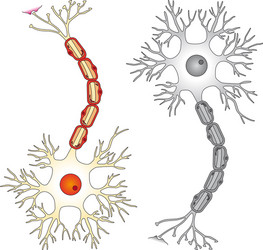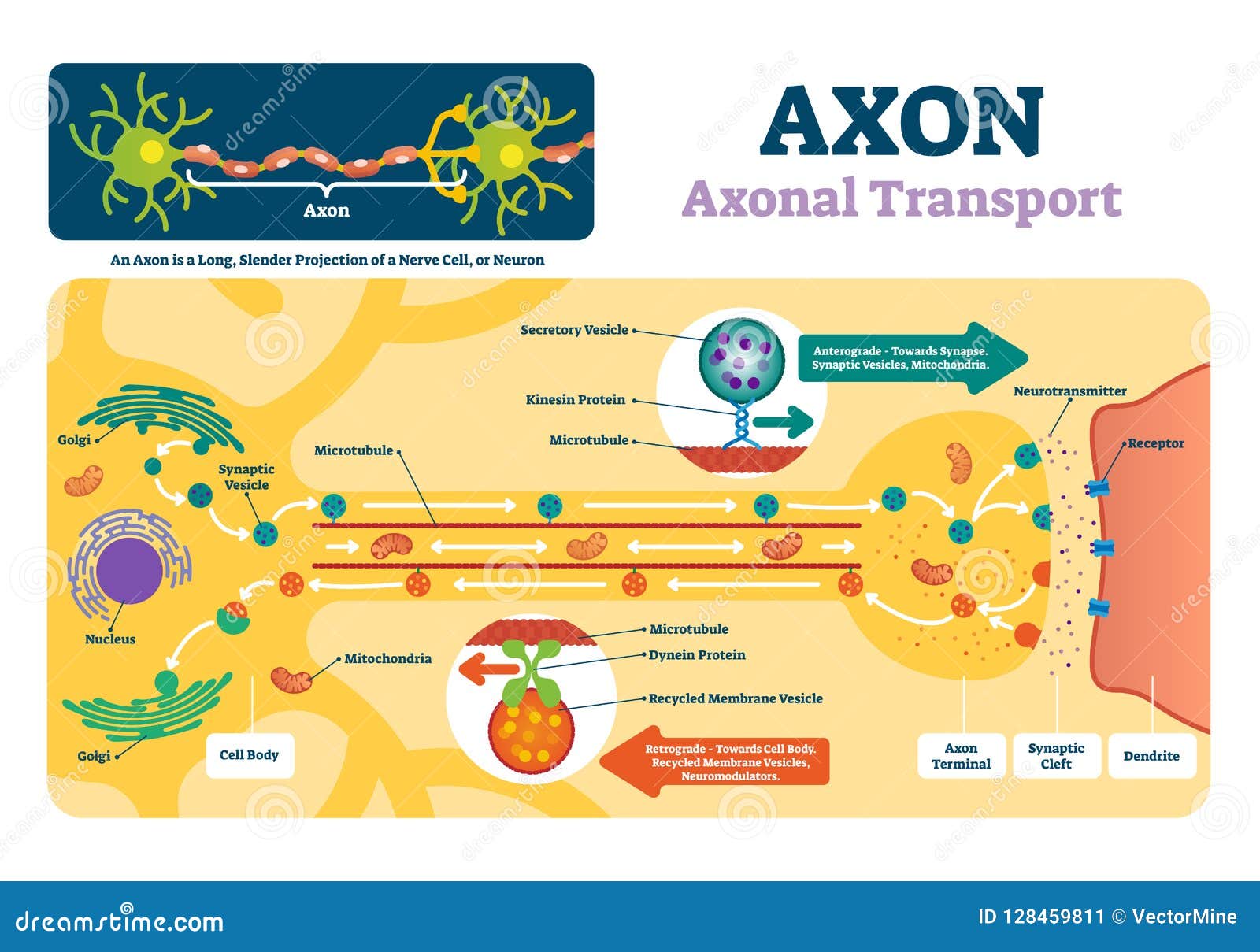
That move through the fluid membrane interior. The voltage sensors in a sodium channels are charged 'paddles' If it's a sufficiently strong stimulus, an action potential will occur. Will be maintained until the membrane is disturbed or stimulated. Unequal distribution of ions or a resting membrane potential. THIS MEANS THAT THERE ARE MOREĬHARGES ON THE OUTSIDE THAN ON THE INSIDE. Just inside the membrane and lots of positively charged sodium ions

OVERALL, therefore, there are lots of positively charged potassium The membrane & largely remains outside the membrane. IN A RESTING NERVE CELL MEMBRANE, all the sodium gates are closed and The only way that these ions can diffuse through a nerve cell membrane. Thus, there are SODIUM GATES and POTASSIUM GATES. Two ions that are commonly referred to as GATES or CHANNELS. The nerve cell membrane also contains special passageways for these Inside than the outside ( Animation: How the Sodium-Potassium Pump Works).

Outside than the inside and a higher concentration of potassium on the POTASSIUM PUMP), there is a higher concentration of sodium on the These two ions: sodium from the inside to the outside and potassium On the two sides of a nerve cell membrane because carriers actively An unequal distribution of these two ions Two ions are responsible: sodium (Na+) and What factors contribute to this membrane potential? It is called a RESTING potential because it occurs when a membrane isīeing stimulated or conducting impulses (in other words, it's resting). Means that the inside is negative relative to (or compared to) the So, the RESTING MEMBRANE POTENTIAL is expressed as -70 mV, and the (with the INSIDE of the membrane negative with respect to the outside).

This POTENTIAL generally measures about 70 Of ions (atoms with a positive or negative charge) on the two sides of Membranes are polarized or, in other words, exhibit a RESTING This opens more voltage-gated ion channels in the adjacent membrane, and so a wave of depolarization courses along the cell - the action potential.Īs the action potential nears its peak, the sodium gates close, and potassium gates open, allowing ions to flow out of the cell to restore the normal potential of the membrane (c) (Gutkin and Ermentrout 2006).Įstablishment of the Resting Membrane Potential Sodium ions flood into the cell, completely depolarizing the membrane (b). Once the potential difference reaches a threshold voltage, the reduced voltage causes hundreds of sodium gates in that region of the membrane to open briefly. So sodium ions flow into the cell, reducing the voltage across the membrane. For example, neurotransmitters interact specifically with sodium channels (or gates). In neurons, stimuli can alter this potential difference by opening sodium channels in the membrane. The membranes of all nerve cells have a potential difference across them, with the cell interior negative with respect to the exterior (a).


 0 kommentar(er)
0 kommentar(er)
